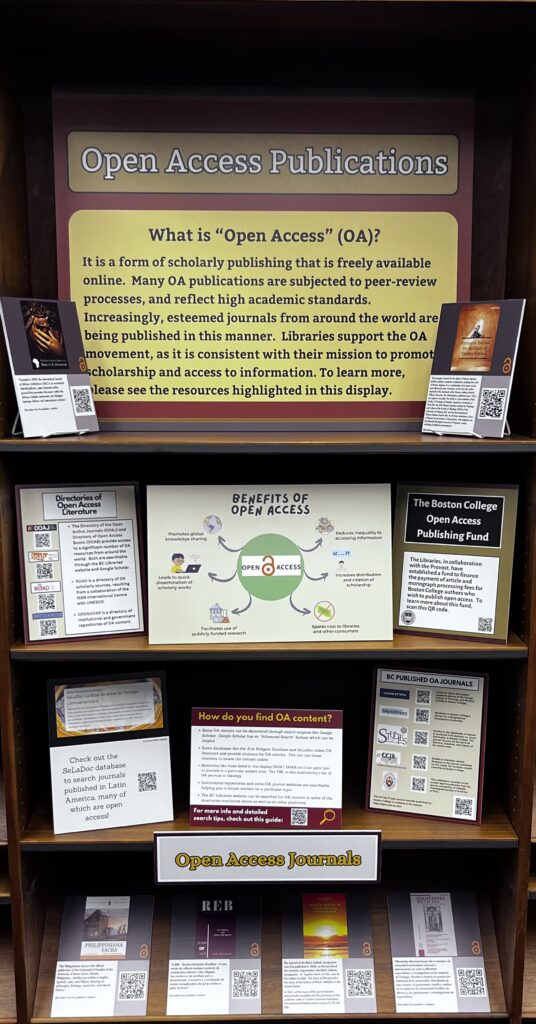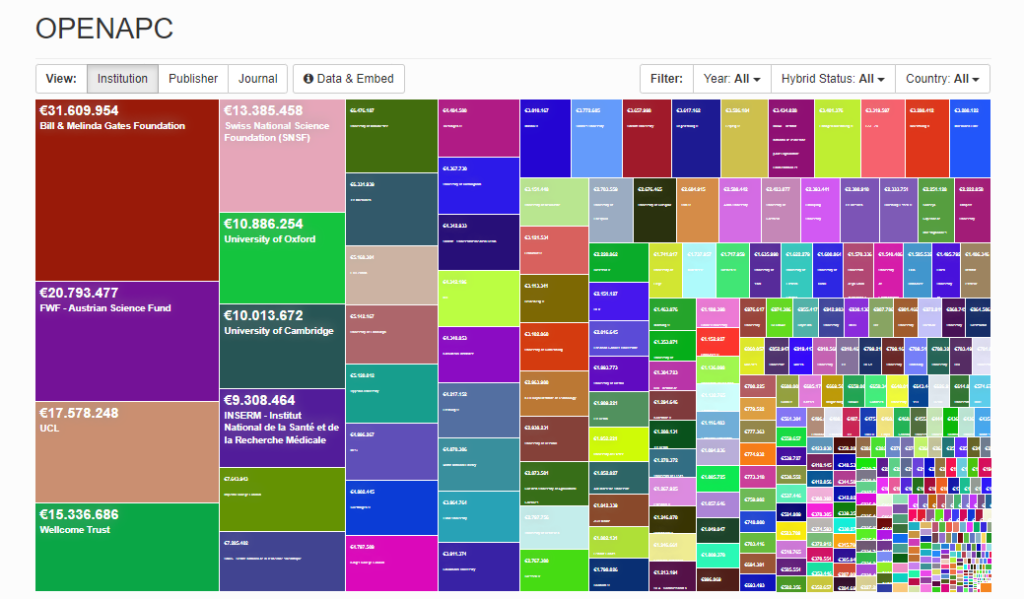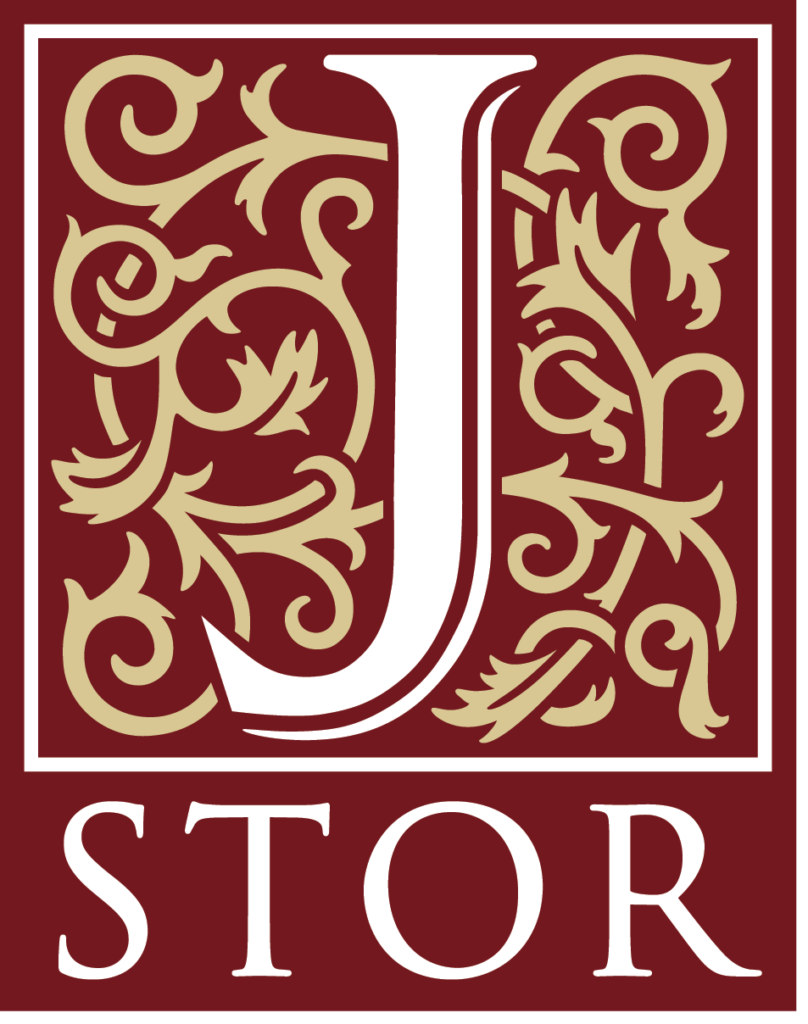
International Open Access Week returns this year, from October 21st – October 27th. The theme is once again “Community over Commercialization.” Open Access as a mode of publishing is more successful than ever. According to the Association of Scientific, Technical and Medical Publishers, in the last ten years, the share of publications available only to subscribers has fallen from 70% to 52%, meaning many more people are able to read scholarship at no cost.
But within that success is also a story of commercialization. Gold OA, where the author or research funder pays the Article Processing Charge, has more than tripled as a percentage of publishing, while Green OA, which is a version of open publishing that does not cost extra, is now half of what it was. With APCs averaging nearly $1,400, and large publishers like Elsevier averaging $2,100 for Gold OA, and $3,440 for publishing Open Access in a hybrid journal, Open Access is coming at quite a cost.
The Budapest Open Access Initiative Declaration, one of the guiding documents of the Open Access movement, was issued in 2002, at a time when print still dominated scholarly publishing. One of its big ideas is that the move to the Internet for publishing would make it much cheaper. This has not proven to be the case. As we enter this Open Access Week, it is a time to reflect on how we can better balance the need to compensate all parts of the scholarly communications ecosystem for the work they do, while keeping the dissemination of knowledge and the betterment of society as the goal we hope to achieve.
This year at the Boston College Libraries, we have put together a display on the third floor lobby of O’Neill and in the Theology and Ministry Library, highlighting works from our collection having to do with access to scholarly materials and the push for open models. Boston College Libraries also publish a number of undergraduate journals, and will be holding an editors forum October 24th at 3pm where editors can learn how to use tools like OJS and Tableau to help kickstart a new publication or highlight journal statistics. To find out more about the movement toward fuller open access, check out Peter Suber’s book on the subject, Open Access, which is available in print – and also fully free online, (an open access version!)





